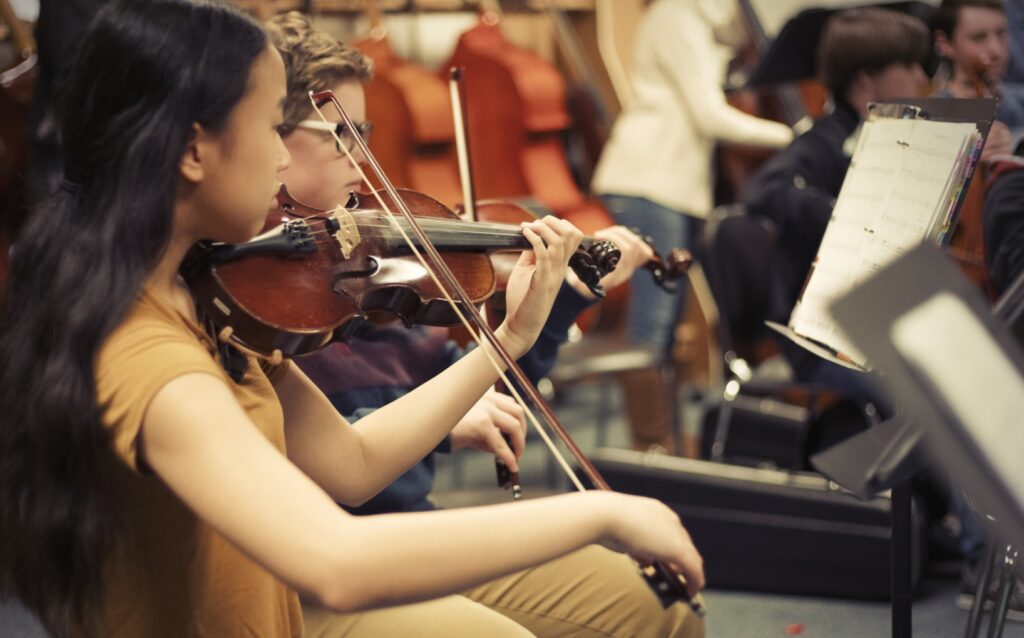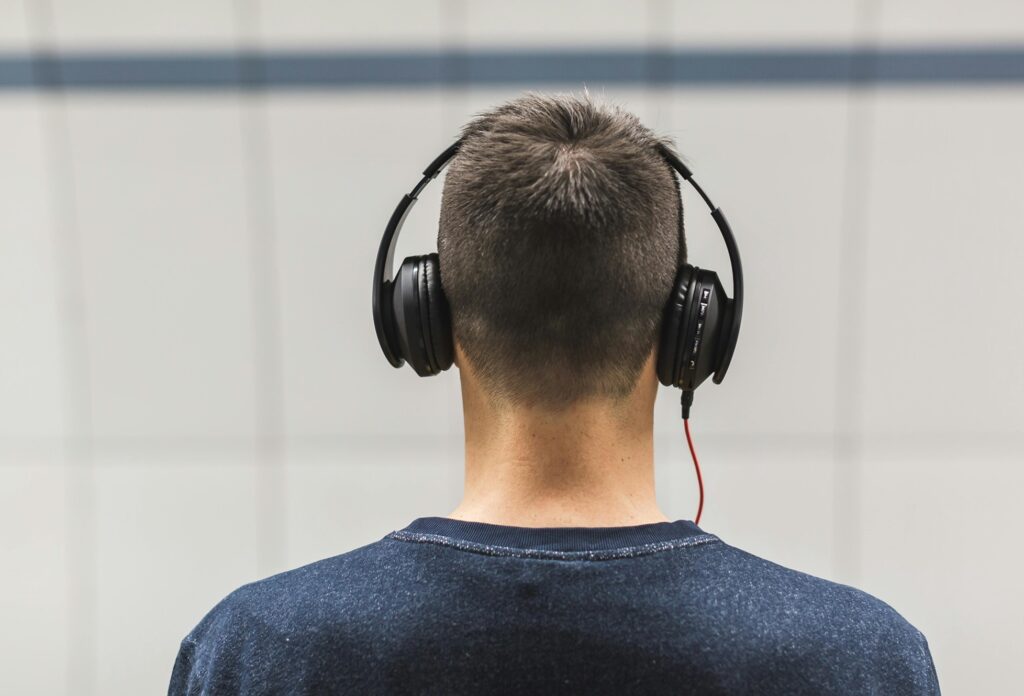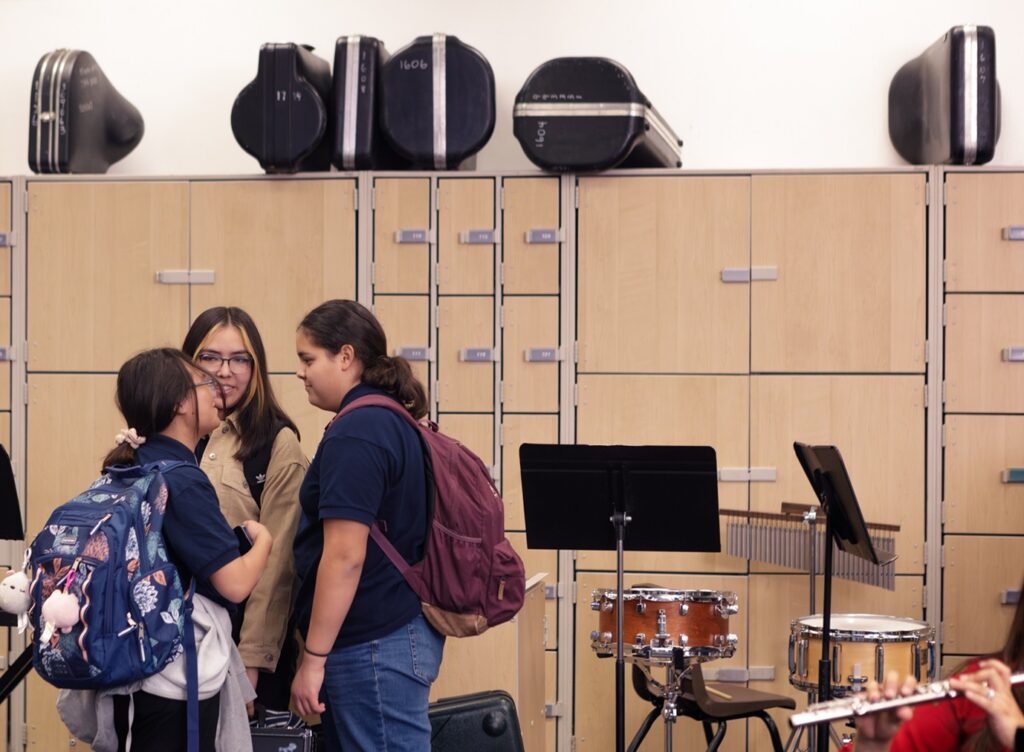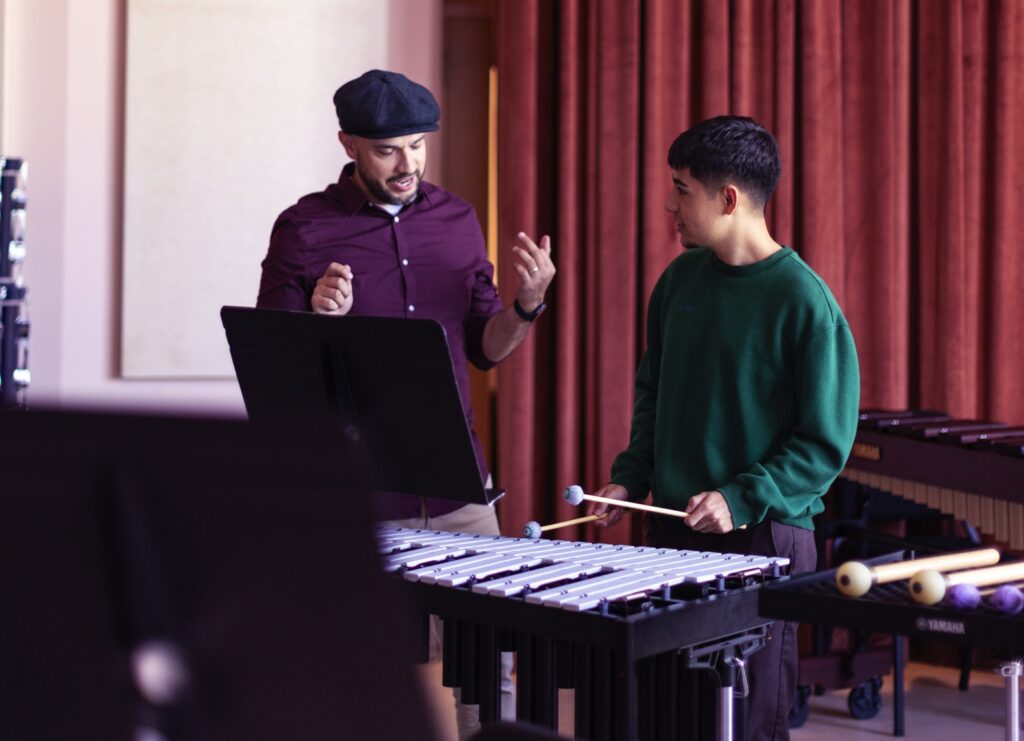Tagged Under:
8 Ways Students Can Make Their Practice Time Productive
Students must learn to teach themselves with meaningful, thoughtful practice time.
If you teach private weekly music lessons, it’s important to remember that better than 80% of your students’ potential improvement happens when you aren’t in the room. The time spent in the six days of practice between lessons has the capacity to accelerate your students’ growth far more than the limited time you teach them one day a week.
Students who don’t take weekly lessons or who rely on intermittent assistance from a band director, local professional or fellow student are even more dependent on themselves for their musical and technical improvement.
Either way, students can greatly increase the value of their practice time to make lessons more productive. First, and most importantly, students need to …
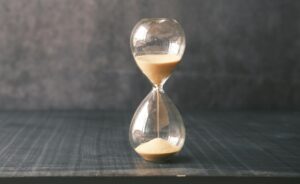
COMMIT TO THE TIME
It’s impossible to improve without practice time! Therefore, the first step in your students’ musical growth is committing to practice time. Recommend that they start with 20 or 30 minutes a day. Increasing that time to an hour or more is quite reasonable when they include technical exercises, etudes, solo literature, ensemble music and sight reading. However, the total amount of time is less crucial than the commitment to practice daily.
For example, if my student only has 15 minutes available on most Mondays, I encourage them to practice diligently for those 15 minutes. Skipping a session and promising to make it up later can make it even harder to find motivation to practice the next day because they’ve interrupted their progress, disrupted their practice habits and potentially feel like they have to find extra time rather than just maintain daily growth. Once they have made the time, they must make sure to …

MAKE A PLAN
Time is valuable, so students need a well-organized and well-intentioned practice session to ensure the minutes or hours spent with their instrument are not wasted. Before starting a practice session, they should take a minute or two to make a plan. What warm-up exercises will they use to get started, get their brain engaged and start enhancing their technique to prepare for the literature they are learning? Help your students learn to identify which pieces and, more specifically, what sections of those pieces most need their attention in each practice session. Remind your students to gather the supplies and music they need to practice before getting started, and they should have a pencil and a metronome handy. Phones should be silenced or turned off to avoid distraction so they can focus on the practice plan they’ve created.
A few minutes before the end of the practice session, students should take a moment to evaluate how well they did in executing their plan. Did they work on everything they had intended to practice? Can they identify specific improvements in their technique or musicianship? Which measures, phrases or pages did they get under their fingers that they couldn’t yet play when they started practicing that day? Encourage your students to make a few notes about what next needs their attention to help accelerate the plan for their next session. This can be information that they bring to a lesson to help inform the focus of that time as well.
By committing to the time and planning how they use that time, your students are creating valuable practice habits. They are also training their mind and body to expect that regular interaction with music and giving themselves the opportunity to create a correct …
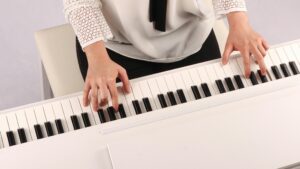
MUSCLE MEMORY
The intention of practice, in sports, music or any other active discipline, is to create enough repetition of a physical motion that people can count on accuracy of that motion when it matters in a game or performance. It is much more difficult, if not impossible, to repeat musical successes if the physical elements are inconsistent.
Encouraging students to take time to analyze a piece for the best sticking, fingering, bowing, breathing, tonguing, etc. early in the process is the best way to save time later as they establish a physical motion that is repeated the same way every time. As they learn notes and rhythms, they should pay an equal amount of attention to the markings above and below the notes; this is where the music truly lies, and each dynamic or articulation requires a distinct physical approach. Learning a piece or passage of music without incorporating how they play those notes and rhythms dynamically creates an inaccurate muscle memory of how the piece will eventually be performed, requiring some degree of unlearning when they add them in later. This is a lot to keep track of all at once, so it is critically important that your students …
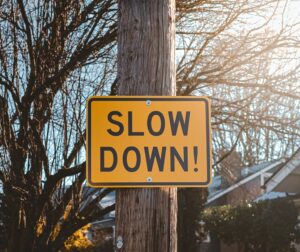
SLOW DOWN
Practice doesn’t make perfect; practice makes permanent. By extension, only perfect practice makes perfect, and it is a whole lot easier to be perfect if your students take things slowly! Before they start playing — whether working a technical exercise, learning a new etude or solidifying a phrase from a solo — they should first consider what tempo will allow them to practice perfectly. It doesn’t matter whether the metronome is set to 144 or 40, humility and patience are valuable traits in the practice room and taking tempos down a notch (or 10) is the best path toward ensuring your students are able to perform with confidence later.
Students can keep track of their progress in a notebook, on their phone or with a penciled tempo marking at the top of the music so they can see their growth. Make sure they know that accuracy and musicality take priority over speed. It’s a lot easier to play faster if the music is repeatedly played correctly. Rarely will students play correct notes and rhythms if tempos are too fast to allow for consistent accuracy. They must make the commitment to play with a metronome at a tempo that allows for excellence and then make a plan to increase their speed strategically to arrive at a performance tempo that will showcase the music they solidified through patience. I assure my students that it will take less time than they think, especially if they approach the music in …
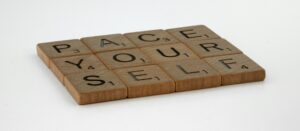
BITE-SIZED CHUNKS
It’s possible for your students to play every measure of a five-minute solo in 20 minutes of practice. However, this is not a good use of their time. Success comes from repetition, and repetition is a byproduct of focused attention on a manageable amount of music.
Let’s say a student has 30 days to learn a piece that is 60 measures in length. If they perfect three new measures a day, they will be done in 20 days and will have 10 days to put it all together. Trying to practice a whole piece in one day is like working at a tempo that is too fast — there’s a high probability that tomorrow’s practice session will be no better than today’s. So, help students break their music into manageable pieces that allow for sufficient repetition. As they focus their attention on these smaller sections of music, be sure they devote time before playing to …
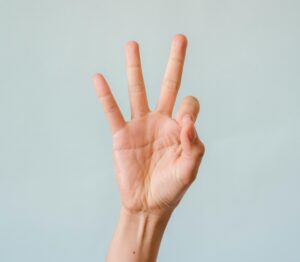
COUNT OUT LOUD
My grandfather was a music educator, and he always said, “If you can count it, you can play it.” Having now taught percussion for over 30 years, I know with certainty that he was right.
When you count, you are intentionally engaging your brain in the process of figuring out the music you are playing, thereby firmly rooting the figures in your memory. By counting out loud in time, you are giving yourself something to mimic, and humans are naturally gifted at copying what we hear. After all, none of us learned to speak from reading a book!
Have students count through passages of music regularly during lessons. Encourage them to first count a phrase, then play that same phrase, mimicking the rhythm they just heard. Listening to and mimicking their own counting, or listening to and copying what they hear on professional recordings of the music they are learning is an exceptional reinforcement of their reading efforts. An over-emphasis on rote learning is not a recipe for future musical success, but developing your students’ ability to imitate is a tool worth having. And speaking of recordings, students should also …

RECORD THEMSELVES
It’s difficult for students to be both performer and judge at the same time, but they can be both at different times. Given that the technology to create a decent audio or video recording is often in their pocket or backpack, your students should incorporate recording and critiquing as part of their practice time.
Tell them not to worry about the video quality or getting the perfect angle or orientation, and they should definitely not panic when they make a mistake when the camera is rolling. These recordings are for their use and learning only, not for public display. When your student believes that they have a pretty good run ready of a given section, tell them to pull out their phone, hit record and give themselves something to review later as either confirmation of success or as a guide to those areas that need more attention next time. If they have limited time with an instrument or are in a rehearsal space, recording themselves can be the last thing they do in the practice session. Then, they can use time away from the instrument to watch and take notes about areas for improvement.
While incorporating all these strategies and practice disciplines, tell students to remember that …
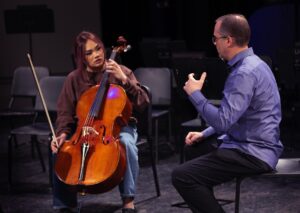
THERE IS VALUE IN THE EXPERT
Private music teachers, band directors, student teachers or other music professionals are dedicated to their students’ musical growth, and their input should be utilized whenever possible. Even if a majority of our students’ progress as musicians happens during their personal practice time — requiring them to teach themselves — being mindful of their habits, strategies and areas of focus can makes the limited time they have with those experts even more impactful.
I repeatedly tell my students to make it harder on me as their teacher to find areas for improvement. Don’t let me tell you what you should already have observed and addressed; instead, come with those items mastered and let me use my expertise to help you fully dig into more advanced musical considerations!










